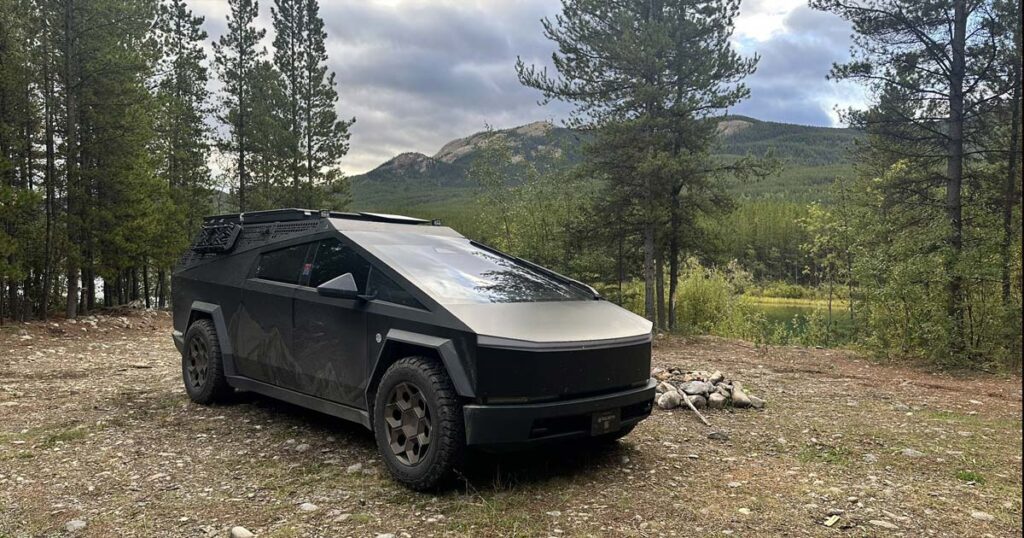Arctic cargo
A brave team of three Tesla enthusiasts drive the electric car manufacturer’s Cybertruck hundreds of miles into the remote Canadian wilderness.
Their six-day, 740-kilometre journey, which begins later this week, will take them from a Klondike gold rush town in the Yukon, across the Arctic Circle to the edge of the Arctic Ocean, an unforgiving and extremely lonely part of the world.
At first glance, the Cybertruck seems like a poor choice for such a journey. Out of the box, the divisive truck has a pitiful real-world range of less than 250 milesand working chargers are scarce, as the team itself has already experienced.
In addition to a moderate range, if something goes wrong with the truck, notoriously difficult software or stainless steel trim that can fall off, and it’s not exactly roadside repairable either.
To witness
In fact, the team is already struggling with the severely underdeveloped electric vehicle charging infrastructure in northwestern Canada on its way to the starting point.
One of the team members, who goes by Bearded Tesla on X (formerly Twitter), has documented the difficulty of keeping the Cybertruck’s batteries charged, especially at non-Tesla Supercharger stations.
Tesla’s official map of its charging network shows that Superchargers are noticeably absent in Canada’s northern provinces.
“We’re in the Yukon, which is really cool because all the chargers are free,” he said in a recent video“It’s free because it’s one charging station. I waited an hour to charge here and now I have to change for about two and a half hours to get to the next charger.”
Even before reaching the Yukon, Bearded Tesla was struggling with a charger that turn off every five minutes.
Another team member, whose name is Teslatino, outstretched to the British Columbia Hydro and Power Authority to ask when the province would receive Tesla Compatible Connectors (NACS) for new charging stations.
In a separate videoHe said it took five tries and two different times at a BC Hydro charging station to get an adapter working for the station’s CCS connectors.
How the team will fare when they really go off the beaten track remains to be seen. If nothing else, the group has already inadvertently demonstrated how difficult it is to take an EV on an extended road trip across Canada.
At least the view will be amazing.
More about the Cybertruck: Cybertruck spotted with built-in washing machine

